After the data center, Ancestry.com loaded us back into black vans and whisked us down south of Salt Lake City, past Stonehenge, to Ancestry.com headquarters in Provo, Utah. I was hoping for fake motorcycle cops ahead and behind us, but no luck.
When we arrived, Laryn Brown, senior director, document preservation operations, gave us a presentation about Digital Presentation Services (DPS), followed by a tour. DPS is the Ancestry.com equivalent of the FamilySearch Digital Pipeline, but with a less imaginative name.
Data Preservation Services (DPS) - Our aim is to preserve family history records across the globe and to make them searchable online.
DPS operates globally
* 20 locations around the world
* Permanent offices in Provo, Washington DC, and London
* DPS branch operations in Ancestry.com offices in: Sydney, Paris, Munich, China
* Domestic DPS operations are in: Worcester MA, Albany NY, Atlanta GA, Montgomery AL, Savannah GA, Topeka KS, and Kansas City MO.
The DPS process consists of
1. Discovery & Licensing – the process of finding archives and libraries willing to share their material.
2. Acquisition
- Even public domain material takes permission to physically access.
- Took 4 years of negotiation permission to digitize at one British archive
3. Preservation/stabilization
- Some material in lesser archives needs to be stabilized prior to imaging
- Document forensics are required for Special problems. As we got to see last year, Ancestry.com developed a special digitization camera employing a technique usually called Multispectral imaging (although Brown didn’t use that term). Below are examples from the 1851 England Census in the Manchester area that were water damaged during storage, but were restored using lighting outside the visible spectrum. The examples below show how three example documents appear under normal lighting conditions, and how the documents appear when digitized using multispectral imaging.
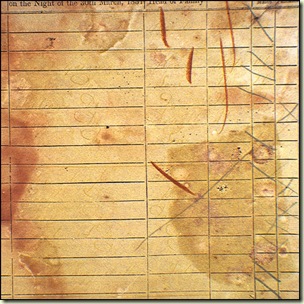 | 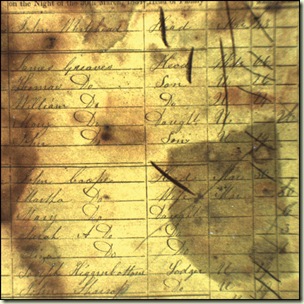 |
 | 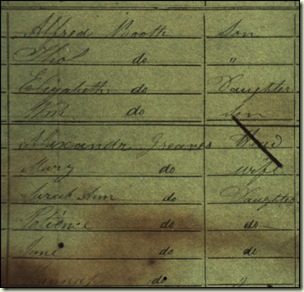 |
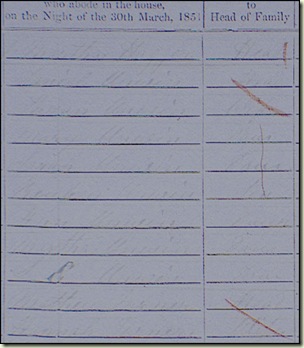 | 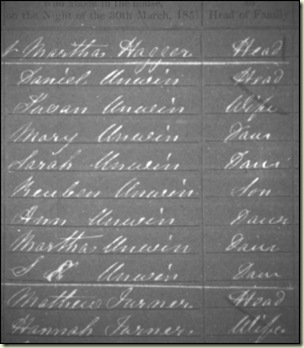 |
[It’s worth noting that prior to Ancestry.com, the Manchester & Lancashire Family History Society used volunteers and multispectral transcription to produce legible transcriptions of these same records. Read more on the project’s website where some of the information is available at no cost.]
5. Indexing – more about Indexing tomorrow.
6. Result is posted online, live to customers.
Next time we’ll finish the remainder of Brown’s presentation.

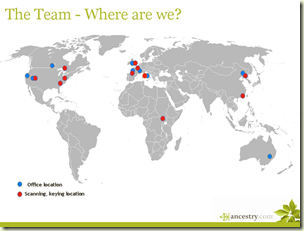
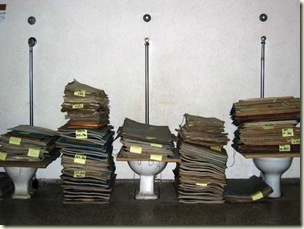
No comments:
Post a Comment
Note: Only a member of this blog may post a comment.